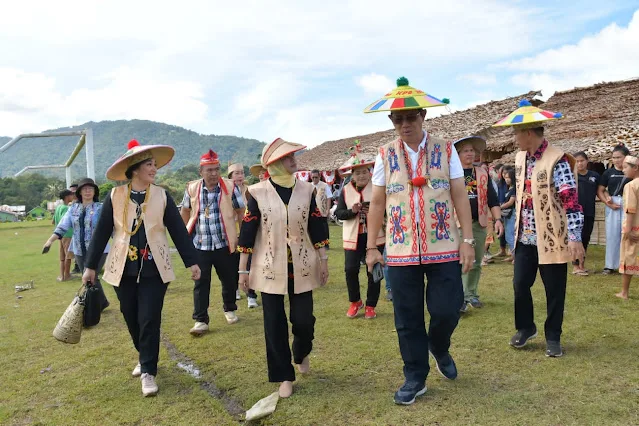The framing of Dayak People by Foreign Writers in the past has made tourists afraid to travel to Kalimantan
 | |
|
Dayak customs, culture and traditional arts have been mostly researched and published by outsiders. Such a thing has a drawback, namely making a point of view different. As with any publication, there are always biases and misunderstandings that make the work one-sided.
Just to mention an example, the results of publications by foreign researchers and writers about Borneo are the writings of Jamie S. Davidson which are full of bias due to Western views on Dayak politics. In the Western world, in general, economic power unites with power and politics, but in Kalimantan this is not the case.
In that context, Davidson was quite mistaken in thinking that one of the economic strengths of the Dayak community supported, even provoked, the Ethnic Riots in West Kalimantan in 1999. That is an example of an outsider's point of view that does not match the reality on the ground. In his country, that's the reality, but not in Indonesia.
Or another example. The Dayak people by Carl Bock are described as wild humans, like ducks who go out in the morning, come back in the evening, looking for food. They live in houses with tall pillars like duck pens. Of course that picture like this, is wrong! Because in Kalimantan, tall poles are to protect against attacks by wild animals and floods.
Bock, who came to Borneo as a white man, felt that he was a god among people of color, felt that he was in a different class from the locals, brought his western thoughts, did not understand that in his area the Dayak people are better at conquering nature than Westerners, who would die if their legs were injured. picking up from tetanus and being bitten by a forest insect has been seriously injured!
Not a few western researchers and writers who were exposed to malaria to high fever, almost crazy, some even died; while the Dayak only need to pull out the peg, bite it, and swallow it as an antidote and then recover.
Or another example of accuracy in writing place names and terms. How Karl Helbig, the German, wrote the wrong place of residence where he was passing by and researching. Sungkukng is written in Songkong, something that even people from the border area with Malaysia don't understand where?
Who is smarter in dealing with nature and the environment? Here is, again, perspective! The perspective of an outsider always carries his own concepts and thoughts in the back of his head according to his background and understanding.
How the results of the publications of foreigners who are full of bias then affect the perception of many people about the Dayak. As if the Dayaks were still primitive humans and like animals.
What outsiders wrote about the Dayak in the past is still perceived that way today. For example: Dayaks eat people, live in uninhabitable huts, vengeful humans, like to attack, head hunters, and various other labels that are all tilted.
It's all construction, not true. Counters "from within", or explanations from the Dayak people did not yet exist because at that time they were still interpretations.
At the present time, when Dayaks are literate in various fields (literacy, finance, politics, and culture); they don't stay still. Dayak people are already adept at media, creating content, and writing from within. One example is our news and information portal "Borneo Travel" which is controlled to proclaim the truth regarding the potential, beauty, wealth, and competitive advantage of the Kalimantan tourism sector, especially the truly unique ecotourism sector.






